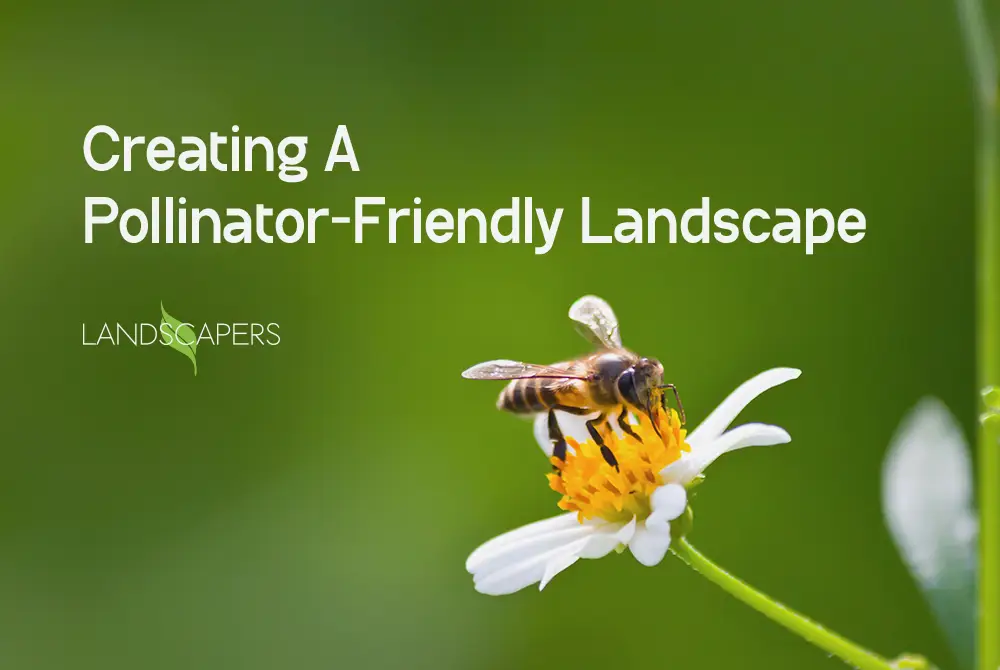
Creating a Pollinator-Friendly Landscape
Why Pollinators Matter
Pollinators, like bees, are especially responsible for food production and the ecosystem’s health. They play an essential role in our agricultural systems, pollinating around 75% of the world’s crops. But due to habitat loss, pesticide use, and climate change, their population has been severely affected. We can help them by creating pollinator-friendly gardens.
Best Plants to Attract Pollinators
While designing a pollinator-friendly landscape, choose plants that provide nectar and pollen for bees, butterflies, and other beneficial insects. Below is a list of some of the best flowers to attract bees and other pollinators:
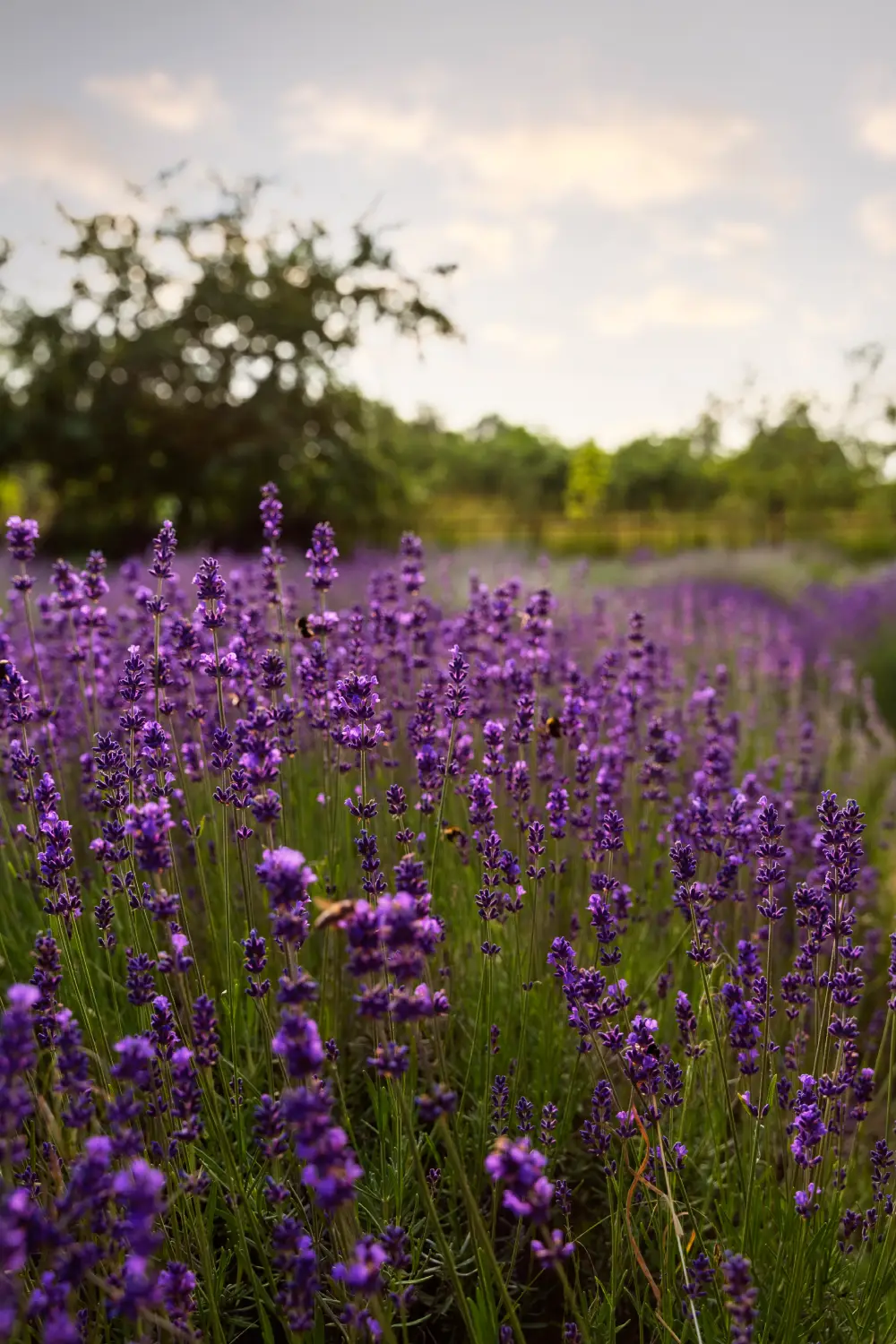 Lavender: It is a fragrant herb that provides an excellent source of nectar and is very popular among bees.
Lavender: It is a fragrant herb that provides an excellent source of nectar and is very popular among bees.
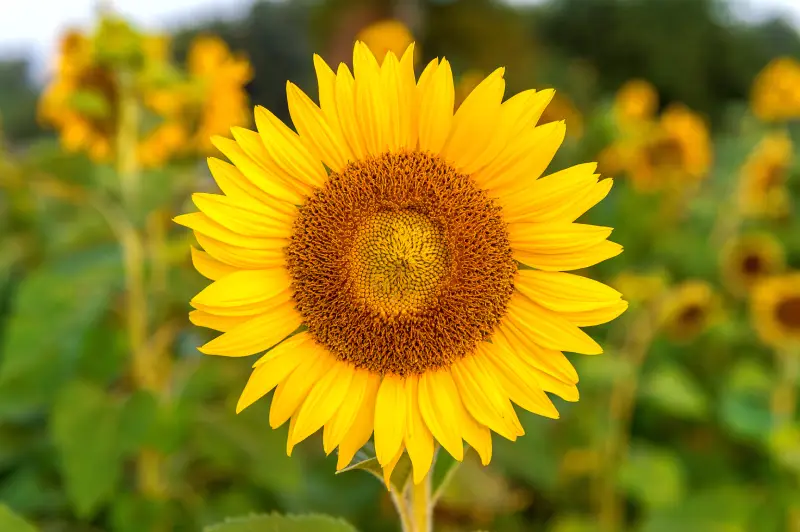
Sunflowers: These plants act as a magnet for pollinators. Their broad and bright blooms make it easier to attract bees while providing food for other birds.
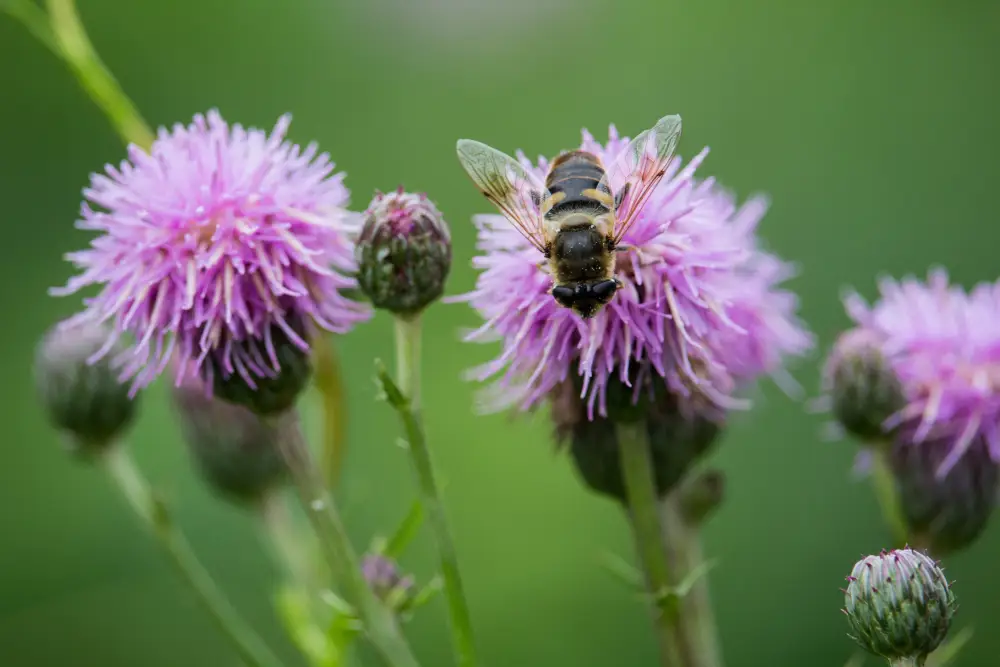 Bee Balm: This plant is a top choice as a pollinator plants for bees. Their tubular flowers attract both bees and hummingbirds.
Bee Balm: This plant is a top choice as a pollinator plants for bees. Their tubular flowers attract both bees and hummingbirds.
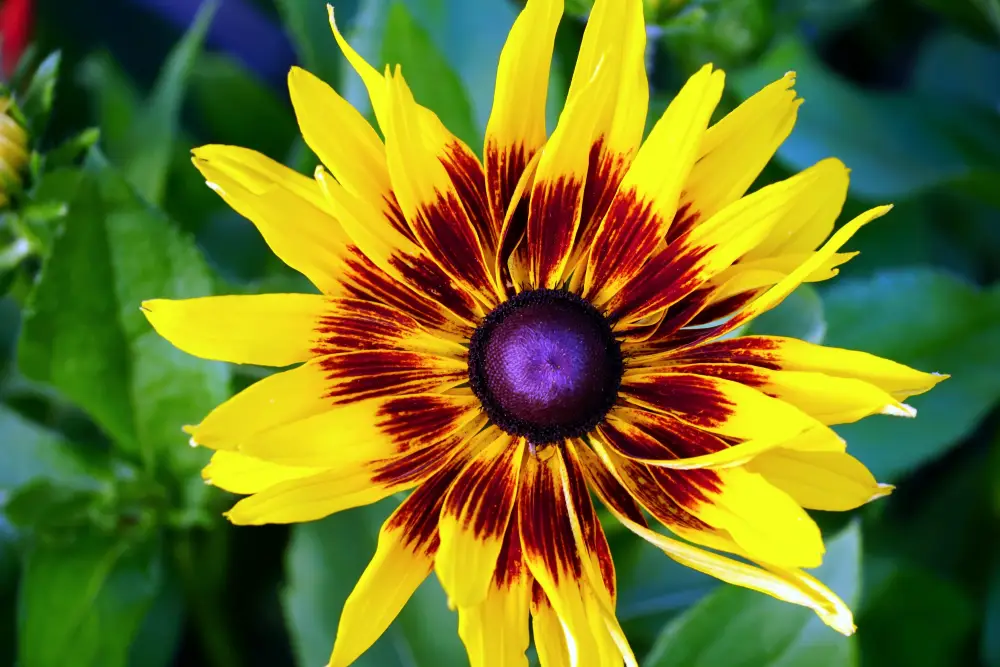 Black-eyed Susan: Their bold yellow petals are a favorite among pollinators and are a cheerful addition to any garden.
Black-eyed Susan: Their bold yellow petals are a favorite among pollinators and are a cheerful addition to any garden.
Creating a Diverse Pollinator Habitat
A successful pollinator-friendly landscape or garden should include a variety of plant species that bloom at different times throughout the year. This helps to make sure that the pollinators have access to a continuous food source. Plants of different shapes, colors, and sizes will attract a wide range of pollinators as different species have different preferences.
 Include Native/ Local Plants
Include Native/ Local Plants
Research indicates that the majority of pollinators tend to favor foraging on the nectar and pollen of native plants, although they do not exclusively rely on them. While numerous non-native species also provide excellent resources for pollinators, it is beneficial to include a greater proportion of native plants in your landscape to enhance the well-being of pollinators, birds, and other wildlife. Typically, suburban landscapes consist of only 20-30% native/ local plant species. Consider altering this trend in your own landscape by incorporating 70-80% native/ local species.
Diversity of Flowers
Different species of bees, much like individuals with varying culinary preferences, are drawn to distinct types of flowers. Bees with short tongues tend to gather pollen from easily reachable sources, such as the flat, open blooms of daisies. In contrast, those with longer tongues can extract pollen from flowers that are shaped like cups or bells.
Some bee species are specialists, favoring one or two specific types of flowers, while others are generalists that feed on a broader range. To enhance the diversity of pollinators in your garden, it is beneficial to cultivate a wide variety of flowers. A practical suggestion for smaller gardens is to concentrate on the daisy family (Asteraceae), which offers a suitable selection of plants.
Continuous Flowering
The incorporation of flowering plants during the transitional periods of early spring and late fall, when food sources are limited, is a crucial element of this principle. Ideally, a pollinator garden should feature continuous blooming throughout the year, ensuring that bees and other pollinators have a reliable food supply. While maintaining blooms during midsummer is relatively straightforward, it becomes more difficult in the cooler early season and late summer. Gardeners with limited space should prioritize selecting plants that offer extended blooming periods to uphold this principle.
Plant in Waves
The concept of economy of motion extends beyond merely enhancing workplace efficiency; it also benefits bees, which thrive in expansive areas filled with the same type of flower. Such environments facilitate food collection, particularly for smaller bee species that do not venture far from their nesting sites to their food sources.
Certain bees exhibit a behavior known as “flower fidelity,” wherein they may explore various flowers but focus exclusively on one type or species during each foraging excursion. Large clusters of a single flower type significantly improve the efficiency of pollen gathering by reducing both flight duration and energy expenditure. Although implementing this principle can be challenging in limited spaces, it should not deter small-space gardeners from creating environments that support pollinators.
Trees and Shrubs
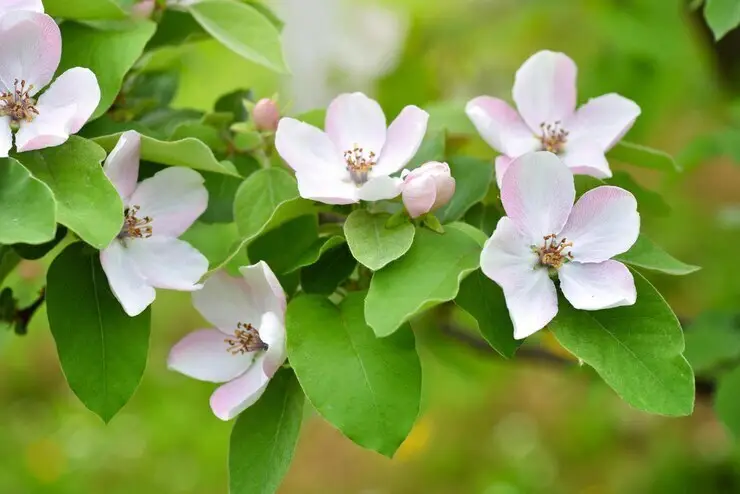 In the early part of the growing season, trees and shrubs often yield more pollen compared to herbaceous plants. Notable examples include fruit trees, manzanita, flowering quince, and willows. It is important to acknowledge that flowering plums and cherries also play a significant role in supporting pollinators, despite not producing edible fruits for humans. The inclusion of woody plants facilitates “stratification,” as certain pollinators are drawn to flowers located high in the tree canopy, while smaller, ground-nesting bees are attracted to low-growing flowering hedges.
In the early part of the growing season, trees and shrubs often yield more pollen compared to herbaceous plants. Notable examples include fruit trees, manzanita, flowering quince, and willows. It is important to acknowledge that flowering plums and cherries also play a significant role in supporting pollinators, despite not producing edible fruits for humans. The inclusion of woody plants facilitates “stratification,” as certain pollinators are drawn to flowers located high in the tree canopy, while smaller, ground-nesting bees are attracted to low-growing flowering hedges.
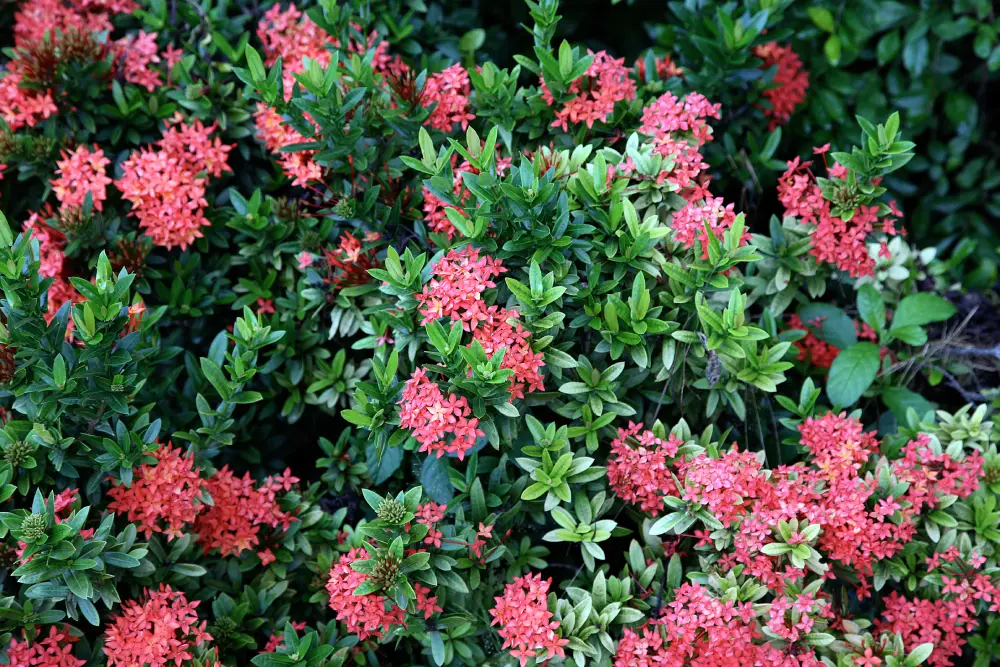 For individuals whose gardening efforts are primarily focused on vegetables, establishing a “pollinator patch” can enhance overall yields. Regardless of the available space, there are effective methods to support and improve pollinator populations within the home landscape. A recent publication from OSU offers numerous strategies tailored to our specific state and growing conditions.
For individuals whose gardening efforts are primarily focused on vegetables, establishing a “pollinator patch” can enhance overall yields. Regardless of the available space, there are effective methods to support and improve pollinator populations within the home landscape. A recent publication from OSU offers numerous strategies tailored to our specific state and growing conditions.
Enhance Nesting Opportunities
Maintaining open patches of well-drained soil in sunny areas and reducing the application of mulch will facilitate ground-nesting bees in establishing permanent habitats within your gardens. Additionally, brush piles and decaying trees and shrubs provide excellent shelter for pollinators. However, if you prefer a more organized appearance in your landscape, consider creating or purchasing pollinator-nesting boxes. Furthermore, incorporating a water source, such as a birdbath with a shallow section, is a valuable enhancement to any landscape designed to support pollinators.
Establishing a landscape that supports pollinators offers advantages not only for bees and butterflies but also provides a fulfilling experience for gardeners. As you observe your garden thrive with vibrant life, you will appreciate the array of colorful flowers and the activity of industrious pollinators, all while playing a crucial role in promoting biodiversity.
By incorporating plants that attract pollinators, you are actively contributing to the preservation of these essential species while enhancing the aesthetic appeal of your environment. Therefore, begin your journey towards creating a pollinator-friendly garden today and transform your outdoor area into a sanctuary for the diligent pollinators of our world.


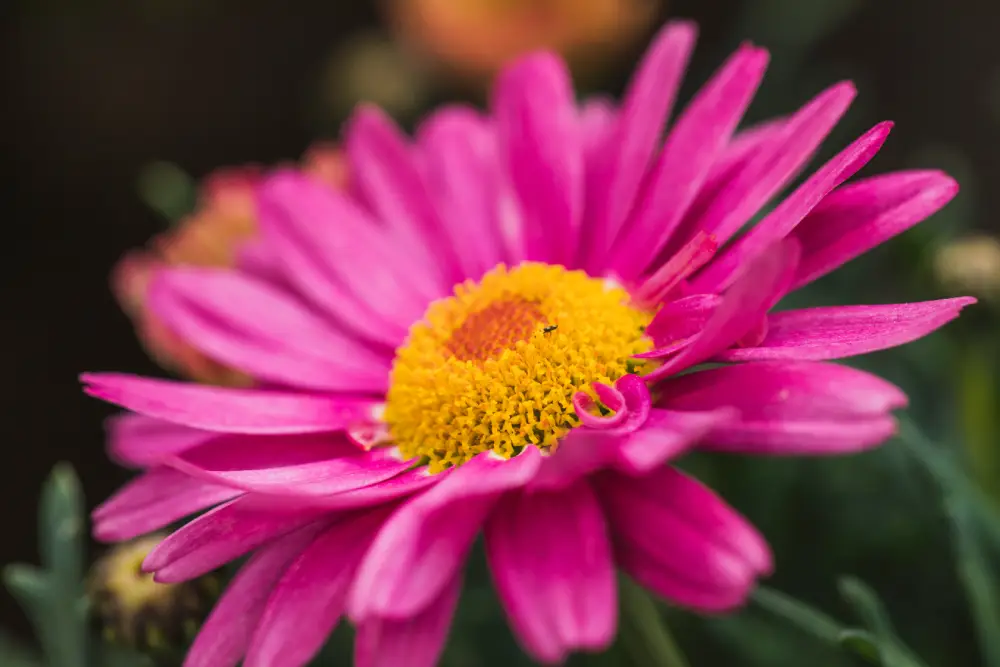 Include Native/ Local Plants
Include Native/ Local Plants